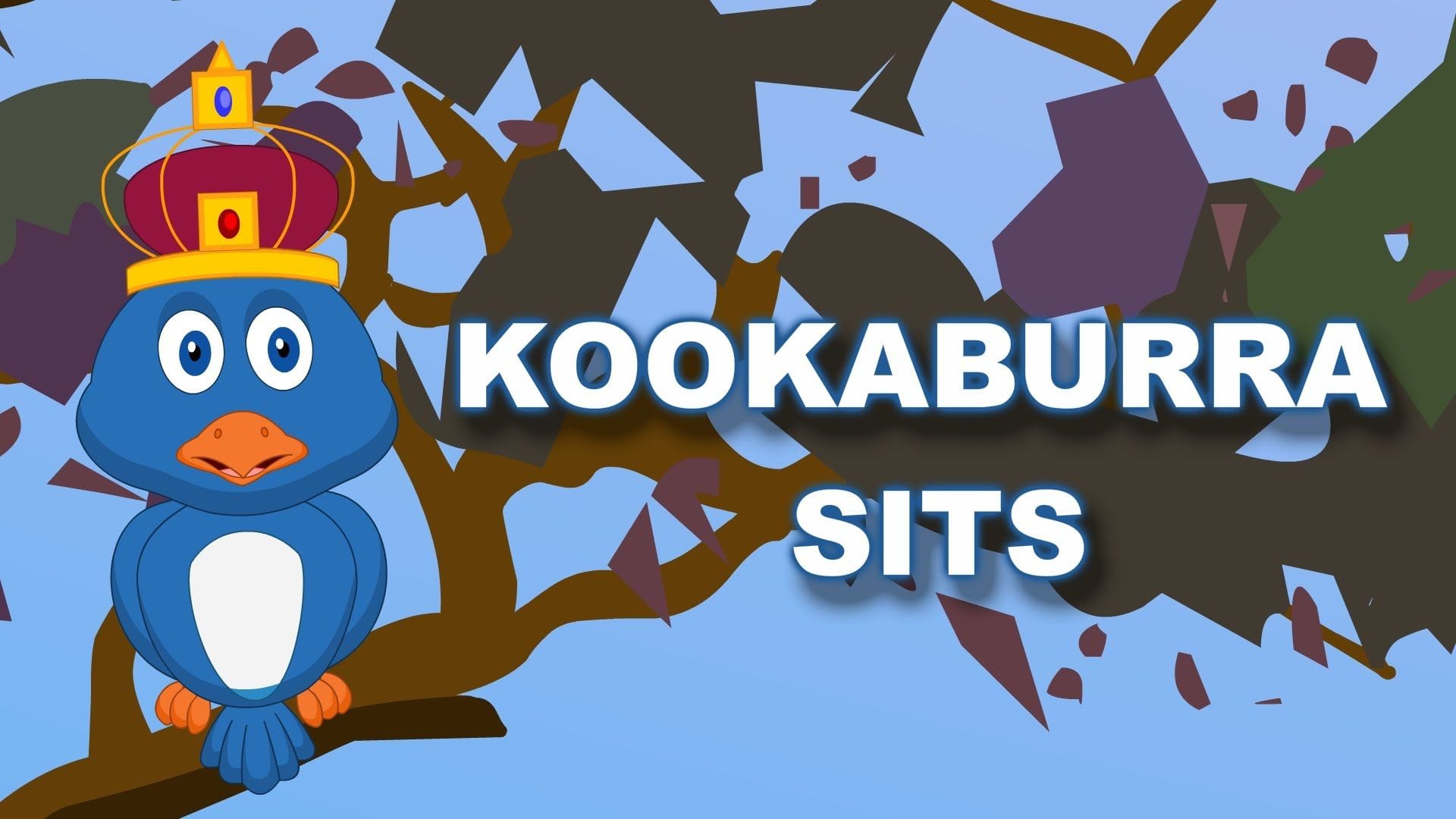This article explores the enchanting world of “Kookaburra Sits in the Old Gum Tree,” a classic Australian tune with a rich history and surprising copyright controversies. We’ll delve into the song’s origins, its journey to becoming a beloved children’s rhyme, and the legal battles surrounding its legacy. Whether you’re a teacher, musician, or simply a fan of this timeless melody, prepare to be captivated.
Decoding the Kookaburra’s Song
Let’s explore “Kookaburra Sits in the Old Gum Tree,” a tune deeply embedded in Australian childhood. More than just a catchy melody, it carries a rich history and legal intrigue.
The Kookaburra’s Lyrics: A Timeless Rhyme
In 1932, Melbourne music teacher Marion Sinclair composed a simple song for a Girl Guides competition. These lyrics, depicting a kookaburra perched on a gum tree, would become a national treasure:
Kookaburra sits in the old gum tree,
Merry, merry king of the bush is he!
Laugh, kookaburra, laugh, kookaburra!
Happy your life must be!
Kookaburra sits in the old gum tree,
Eating all the gum drops he can see.
Stop, kookaburra, stop, kookaburra!
Save some drops for me!
If you are kookaburra enthusiast and want to sing along with your favorite bird, kookaburra sits lyrics, we have got you covered. Being perched in a tree makes this unique sounding bird stand out from other birds and it starts enchanting the world with its unique tune. To enjoy the full lyrics of this song, click on the link.
Owing to its unique sound and the ability to perch in the old gum tree, the kookaburra sits in the old gum tree lyrics is loved by people of all ages. Many people have made this song part of their collection and listen to it over and over again.
While “gumdrops” suggests a sweet treat, it likely refers to the sap or gum from eucalyptus trees, perhaps even lerps (crystallized insect secretions). Older versions sometimes use “gay” instead of “happy,” reflecting the word’s historical meaning of “merry” or “joyful.”
Cultural Significance: More Than Just a Song
“Kookaburra” resonates deeply within Australian culture, evoking memories of childhood sing-alongs and family gatherings. The kookaburra and gum tree have become intertwined with Australian identity, symbolizing the country’s natural beauty.
The “Gumdrops” Verse: A Copyright Conundrum
The addition of the “gumdrops” verse introduced complexity. This seemingly small change sparked debate and legal questions about ownership and variations. The “gumdrops” mystery adds another layer of intrigue to this beloved classic. Ongoing research may shed further light on this adaptation.
Educational Value: Learning Through Song
“Kookaburra” provides educational opportunities, introducing children to Australian wildlife, flora, and musical concepts. The repetitive lyrics and simple melody aid memorization and language development, fostering a love for music and nature.
Kookaburra’s Modern Influence: A Timeless Tune
“Kookaburra” maintains relevance in the digital age, appearing in online videos and educational resources. Its enduring appeal connects with new generations, showcasing its timeless charm.
Exploring the Lyrics: An ABC Kids Perspective
“Kookaburra Sits in the Old Gum Tree,” frequently heard on ABC Kids, is a simple, memorable tune enjoyed by young audiences. Its presence on this beloved Australian children’s channel solidifies its status as a cultural icon. While ABC Kids’ specific lyrical rendition isn’t officially documented, it probably utilizes the modern “Happy” version due to its target demographic. This version aligns with contemporary sensitivities while preserving the song’s cheerful essence.
Unraveling the Kookaburra’s Origins
“Kookaburra Sits in the Old Gum Tree” has a fascinating history. In 1932, Marion Sinclair, a Melbourne music teacher, drew inspiration from the sound of kookaburras during a church sermon. She composed the song for a Girl Guides competition, aiming to raise funds for a camping ground. This simple competition entry unexpectedly became a national treasure. The catchy melody and straightforward lyrics contributed to its widespread appeal, transforming it into a symbol of Australian culture.
Years later, the song’s distinctive flute melody sparked a legal battle. In 2009, Larrikin Music, owner of the “Kookaburra” copyright, sued Men at Work, alleging that the flute riff in their hit song “Down Under” resembled “Kookaburra.” The court ruled in favor of Larrikin Music, highlighting the importance of melodies and copyright in the music world.
Despite the legal complexities, “Kookaburra” remains a beloved part of Australian childhood, sung in schools, on television, and in films. Its educational value introduces children to Australian wildlife and ecosystems, while the repetitive lyrics and melody support language and musical development.
Deconstructing the Kookaburra Rhyme
The rhyme “Kookaburra Sits in the Old Gum Tree” depicts the charismatic bird in its natural habitat – the eucalyptus, or “gum,” tree. The simple AABB rhyme scheme enhances its memorability, especially for young children. While variations exist, the most common lyrics highlight the kookaburra’s distinctive laugh: “Kookaburra sits in the old gum tree, Merry, merry king of the bush is he, Laugh, Kookaburra! Laugh, Kookaburra! Gay your life must be!” The word “gay” in the original context meant “happy” or “joyful,” though modern interpretations often substitute it with “happy.” This linguistic evolution reflects broader societal changes.
The rhyme’s simplicity contributes to its enduring appeal. The straightforward narrative and imagery of the Australian bush resonate with audiences of all ages. The “gumdrops” mentioned aren’t candy; they likely refer to the tree’s sap, gum nuts, or lerps. This playful image adds to the song’s charm. Composed in the 1930s by Marion Sinclair, the rhyme quickly gained popularity, becoming a staple in Australian homes and schools. Its reach extends beyond Australia, particularly in English-speaking countries.
The legal dispute involving Men at Work and their song “Down Under” adds another layer to the “Kookaburra” story. The copyright infringement claims surrounding the flute riff highlight the complexities of musical borrowing and intellectual property.
In conclusion, “Kookaburra Sits in the Old Gum Tree” is more than a simple rhyme. It’s a piece of Australian folklore, reflecting the country’s culture, nature, and history. Its enduring popularity and evolving interpretations ensure its continued relevance for generations to come.
- Mastering Leader in Spanish: The Complete Guide - April 19, 2025
- Uncovering Surprising Parallels: England Size Compared to US States - April 19, 2025
- Old Mexico Map: Border Shifts 1821-1857 - April 19, 2025

















1 thought on “Kookaburra Sits in the Old Gum Tree: Lyrics, History, and Copyright Controversy”
Comments are closed.